Collection
Theme
- Armed Conflict
- Trafficking
- Forced labour
- Forced marriage
- Domestic slavery
- Sexual exploitation
- Debt bondage
Country
- Sudan (trafficked from)
- Sudan (slavery location)
- Democratic Republic of Congo (slavery location)
- Democratic Republic of Congo (trafficked from)
- Iraq (trafficked from) 20 More
Date
- 2015 (Narrative date)
- 2014 (Narrative date)
- 2017 (Narrative date)
- 2013 (Narrative date)
- 1999 (Narrative date) 20 More
Type
106 results
VOICES: Narratives by Survivors of Modern Slavery
This is the world's largest archive of modern slavery survivor narratives. Across more than a million words spoken or written by survivors of modern slavery, we can see why slavery persists in particular hotspots, analyse patterns in trafficking routes, identify vulnerabilities, understand more about the challenges survivors face in liberation, and discover new antislavery solutions. These narratives offer the chance to systematically design new antislavery strategies based on the experiences, ideas and solutions of enslaved people themselves.
The database is searchable by country, name, theme, and narrative date. Narratives can be viewed in list or map form. A short introduction provides context to each narrative. Narrative provenance appears after the main narrative text.
For ideas on how to use this database, please see our accompanying guide.
Project Lead: Zoe Trodd. Team Members: Andrea Nicholson, Lauren Eglen, Rosemary Pearce, Olivia Wright.
Project Funders: AHRC Antislavery Usable Past grant (2014-19), ESRC/AHRC PaCCS Modern Slavery: Meaning and Measurement grant (2016-19), and AHRC-GCRF Antislavery Knowledge Network grant (2017-2021).
For any queries about the collection please contact: [email protected]. If you wish to cite a particular narrative, please acknowledge the survivor’s name, the provenance of the narrative and cite: Voices Database, the Rights Lab, University of Nottingham.
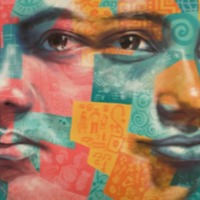
Abirami
Without parents to care for her, Abirami was forced to live at a relative’s house from a young age, where she suffered abuse and was later prevented from attending school so she could perform domestic duties for the family. She ran away to become a child soldier in Sri Lanka at the age of 13.…
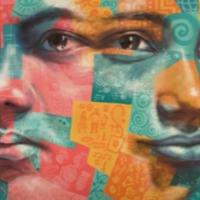
Abuk G.
Thousands of women and children were taken into slavery during the decades of Sudan’s civil war, mainly from Northern Bahr El Ghazal and the Nuba Mountains. Slave-taking was revived in 1985 by the National Islamic government of Sudan primarily as a weapon against counterinsurgents in the South,…
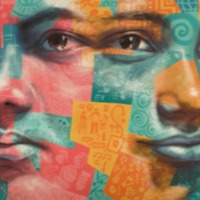
Abuk Garang Thiep
There are an estimated 465,000 people living in modern slavery in Sudan (GSI 2018). Between 1983 and 2005, the central government of Sudan enslaved tens of thousands of black South Sudanese Christian and traditionalist people. It was part of a genocidal war against South Sudan, with a simple aim:…
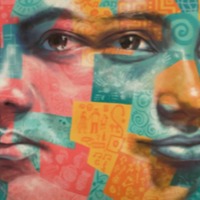
Abuk K.
Thousands of women and children were taken into slavery during the decades of Sudan’s civil war, mainly from Northern Bahr El Ghazal and the Nuba Mountains. Slave-taking was revived in 1985 by the National Islamic government of Sudan primarily as a weapon against counterinsurgents in the South,…
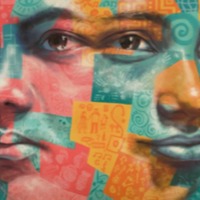
Abuk Ucoak Bol
There are an estimated 465,000 people living in modern slavery in Sudan (GSI 2018). Between 1983 and 2005, the central government of Sudan enslaved tens of thousands of black South Sudanese Christian and traditionalist people. It was part of a genocidal war against South Sudan, with a simple aim:…
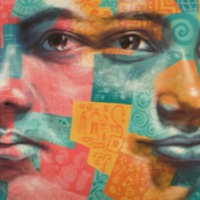
Achai
Thousands of women and children were taken into slavery during the decades of Sudan’s civil war, mainly from Northern Bahr El Ghazal and the Nuba Mountains. Slave-taking was revived in 1985 by the National Islamic government of Sudan primarily as a weapon against counterinsurgents in the South,…
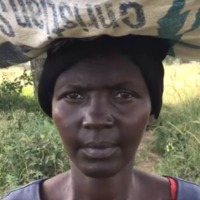
Adut Ageny
There are an estimated 465,000 people living in modern slavery in Sudan (GSI 2018). Between 1983 and 2005, the central government of Sudan enslaved tens of thousands of black South Sudanese Christian and traditionalist people. It was part of a genocidal war against South Sudan, with a simple aim:…

Agany Ateny Angony
There are an estimated 465,000 people living in modern slavery in Sudan (GSI 2018). Between 1983 and 2005, the central government of Sudan enslaved tens of thousands of black South Sudanese Christian and traditionalist people. It was part of a genocidal war against South Sudan, with a simple aim:…
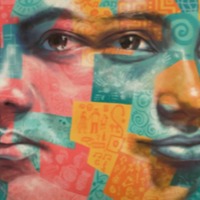
Agor
Thousands of women and children were taken into slavery during the decades of Sudan’s civil war, mainly from Northern Bahr El Ghazal and the Nuba Mountains. Slave-taking was revived in 1985 by the National Islamic government of Sudan primarily as a weapon against counterinsurgents in the South,…
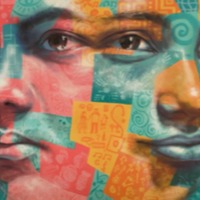
Agol Chan Gop
There are an estimated 465,000 people living in modern slavery in Sudan (GSI 2018). Between 1983 and 2005, the central government of Sudan enslaved tens of thousands of black South Sudanese Christian and traditionalist people. It was part of a genocidal war against South Sudan, with a simple aim:…
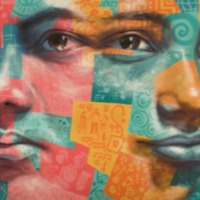
Aguil Mawien Tang
There are an estimated 465,000 people living in modern slavery in Sudan (GSI 2018). Between 1983 and 2005, the central government of Sudan enslaved tens of thousands of black South Sudanese Christian and traditionalist people. It was part of a genocidal war against South Sudan, with a simple aim:…
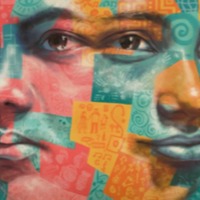
Aida
Aida was recruited as a child soldier by a militia group in the Philippines at the age of 14 and then prevented from leaving. She was engaged in armed conflict for six months, one of hundreds of thousands of children who participate in armies and armed groups in more than 30 countries around the…

Ajok
Thousands of women and children were taken into slavery during the decades of Sudan’s civil war, mainly from Northern Bahr El Ghazal and the Nuba Mountains. Slave-taking was revived in 1985 by the National Islamic government of Sudan primarily as a weapon against counterinsurgents in the South,…
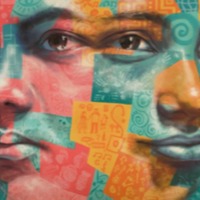
Ajok A.
Thousands of women and children were taken into slavery during the decades of Sudan’s civil war, mainly from Northern Bahr El Ghazal and the Nuba Mountains. Slave-taking was revived in 1985 by the National Islamic government of Sudan primarily as a weapon against counterinsurgents in the South,…
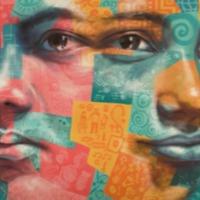
Akeen Gon Bol and Achol Deng
There are an estimated 465,000 people living in modern slavery in Sudan (GSI 2018). Between 1983 and 2005, the central government of Sudan enslaved tens of thousands of black South Sudanese Christian and traditionalist people. It was part of a genocidal war against South Sudan, with a simple aim:…
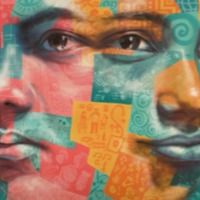
Alice
The Central African Republic is a source, transit and destination country for men, women and children trafficked for the purposes of forced labour and sexual exploitation. The majority of those trafficked are children subjected to sexual exploitation, domestic servitude, ambulant vending and…

Ameen
The Global Slavery Index estimated that in 2016 modern slavery in Sub-Saharan Africa accounted from approximately 13.6 percent of the world's total enslaves population. The issue of child soldiers remains a problem across the region. South Sudan has been experiencing a civil war since 2013 and it…
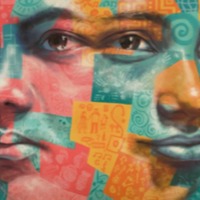
Amel Dor Manyuol
There are an estimated 465,000 people living in modern slavery in Sudan (GSI 2018). Between 1983 and 2005, the central government of Sudan enslaved tens of thousands of black South Sudanese Christian and traditionalist people. It was part of a genocidal war against South Sudan, with a simple aim:…
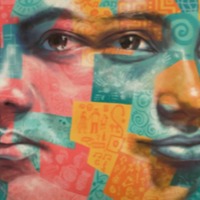
Amira
The Central African Republic is a source, transit and destination country for men, women and children trafficked for the purposes of forced labour and sexual exploitation. The majority of those trafficked are children subjected to sexual exploitation, domestic servitude, ambulant vending and…
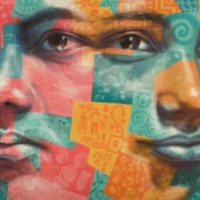
Angèle
The Central African Republic is a source, transit and destination country for men, women and children trafficked for the purposes of forced labour and sexual exploitation. The majority of those trafficked are children subjected to sexual exploitation, domestic servitude, ambulant vending and…